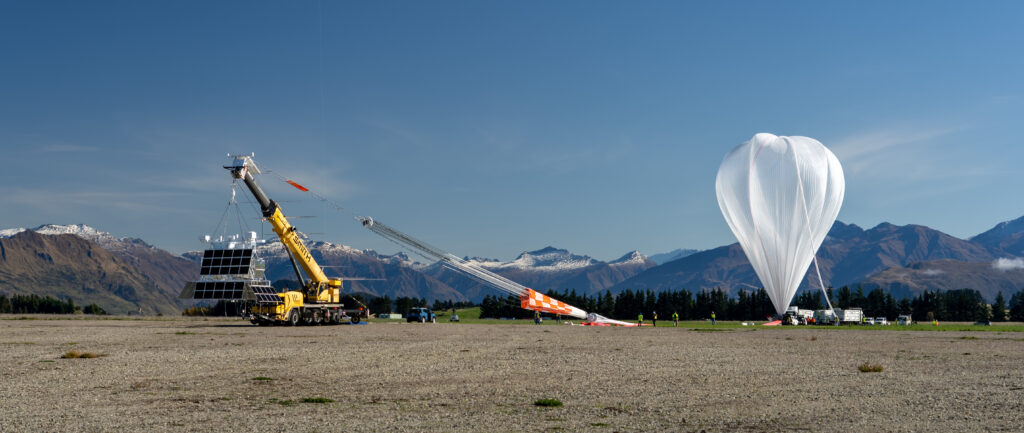Balloon-Borne Science Instrument Uses Earth’s Atmosphere to Detect Cosmic Rays

NASA’s next super pressure balloon (SPB) mission out of Wanaka, New Zealand, is enabling a pioneering method for studying high-energy cosmic rays from space using a detector looking down on the Earth’s atmosphere.
The Extreme Universe Space Observatory on a Super Pressure Balloon (EUSO-SPB) is a mission of opportunity flying on the 2017 SPB test flight with the goal of detecting high-energy cosmic rays from the farthest reaches of space as they penetrate the Earth’s atmosphere.
As these high-energy particles enter the atmosphere, they interact with nitrogen molecules in the air and create a UV fluorescence light. EUSO will be flying at some 110,000 feet (33.5 km) looking down on a broad swathe of the Earth’s atmosphere to detect the UV fluorescence from these deep space cosmic rays coming in from above.
Angela Olinto, professor at the University of Chicago and EUSO-SPB principal investigator, discusses the mission, science, and team behind it all in this video.


























